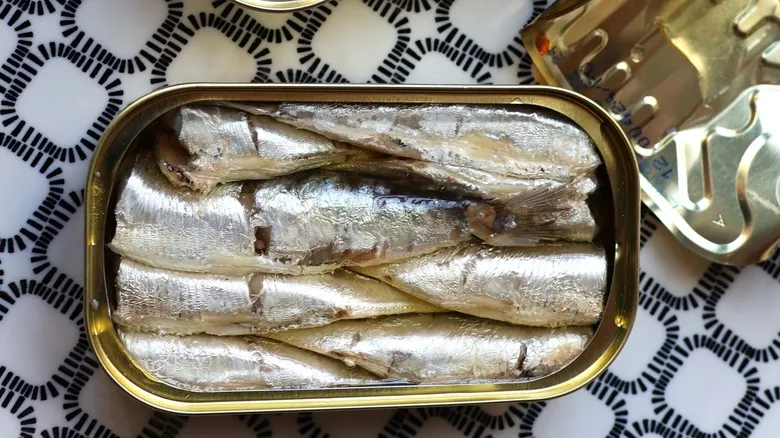Making a Caesar salad with sardines

To incorporate sardines into your homemade Caesar salad dressing, you don't need a large quantity. Typically, a Caesar salad requires about three anchovy fillets, which are boneless strips of fish. Since sardines are generally larger than anchovies, one sardine fillet can replace the usual three anchovies. If you're concerned about bones, you can easily fillet small fish like anchovies with just your hands, while filleting a larger sardine may require a knife or scissors. Once you have the boneless fish ready, simply mince or mash it before mixing it with the other dressing ingredients.
You can certainly add more sardines to your dressing, but keep in mind that this will alter the flavor profile, moving it away from the classic salty, umami-rich taste associated with Caesar salad. Using too many sardines may result in a flavor more reminiscent of tuna salad.
If you're mindful of the nutritional content of your Caesar salad, it's worth noting that canned sardines and anchovies share some similarities but are not the same. Both types of fish are rich in healthy omega-3 fatty acids, protein, and calcium. However, anchovies tend to have significantly higher sodium levels due to their curing process (which contributes to their salty taste), while sardines are a better source of vitamin B12 and vitamin D. If you're watching your sodium intake, opting for sardine Caesar salad is a healthier choice.
Recommended

Get More Out Of Your Roast Chicken With A Simple Pan Swap

How To Keep Ice Tasting Fresh

The Easy Ratio To Remember For Making Brown Sugar At Home

The Crunchy Pork Snack That Belongs In Your Salads
Next up

